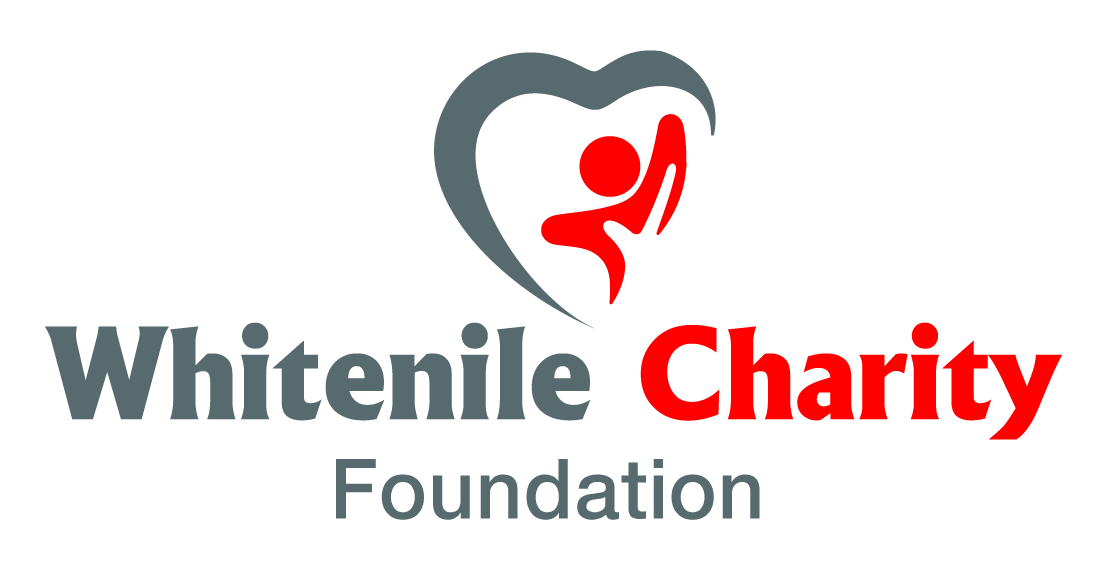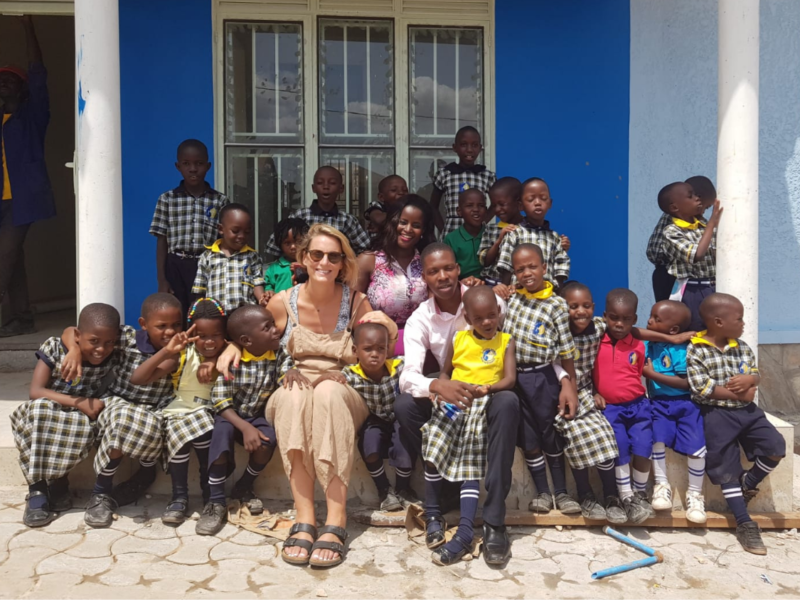Children’s Rights Protection in Uganda – White Nile Charity Foundation
Protecting children’s rights in Uganda is critical to ensuring their well-being and enabling them to reach their full potential.
Protecting children’s rights in Uganda requires a comprehensive approach that addresses the root causes of child poverty and ensures that children have access to education, healthcare, and basic services.
It also requires strengthening child protection mechanisms and involving children and youth in decision-making processes.
© White Nile Charity Foundation
Here are some steps that can be taken to promote children’s rights protection in Uganda
Establish legal frameworks: Establish strong legal frameworks that protect the rights of children, including laws that prohibit child labor, child trafficking, and child marriage. These frameworks should also ensure access to education and healthcare for all children.
Strengthen child protection systems: Strengthen child protection systems, including child welfare committees, social workers, and child protection police units, to ensure that children’s rights are protected and violations are reported and addressed.
Provide access to education: Provide access to quality education for all children, especially those from marginalized communities. This can include building schools and increasing the number of trained teachers in rural and remote areas.
Address child poverty: Address the root causes of child poverty, such as lack of access to basic services, by providing economic support to families, including cash transfers, job training, and support for small businesses.
Combat child abuse and exploitation: Combat child abuse and exploitation through public awareness campaigns, community mobilization, and strengthening child protection mechanisms.
Involve children and youth: Involve children and youth in decision-making processes that affect their lives, and create opportunities for them to participate in civic and political activities.
Monitor and evaluate: Monitor and evaluate progress in the protection of children’s rights, using indicators such as child mortality rates, school attendance rates, and the prevalence of child labor and child marriage.

